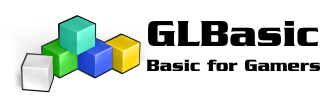Somebody should start a service to allow people to remote desktop into a sandboxed Mac, (with predefined development environments for different packages).
You could then compile your app, sign it with your certificate, and download/save the results.
Rent a Mac by the hour.
Only how would you get it onto your iPhone for testing!? Darn, so close, ha.
(Would it be possible using 'Ad Hoc distribution'?)
It may be feasible if you run a computer cafe, and set up a Mac to allow development, you would get the locals at least.
Talk to the owner, he/she may see the potential for a new client type.
Or, if you can't buy a Mac, convince a friend to buy one.
You could then compile your app, sign it with your certificate, and download/save the results.
Rent a Mac by the hour.
Only how would you get it onto your iPhone for testing!? Darn, so close, ha.
(Would it be possible using 'Ad Hoc distribution'?)
It may be feasible if you run a computer cafe, and set up a Mac to allow development, you would get the locals at least.
Talk to the owner, he/she may see the potential for a new client type.
Or, if you can't buy a Mac, convince a friend to buy one.



